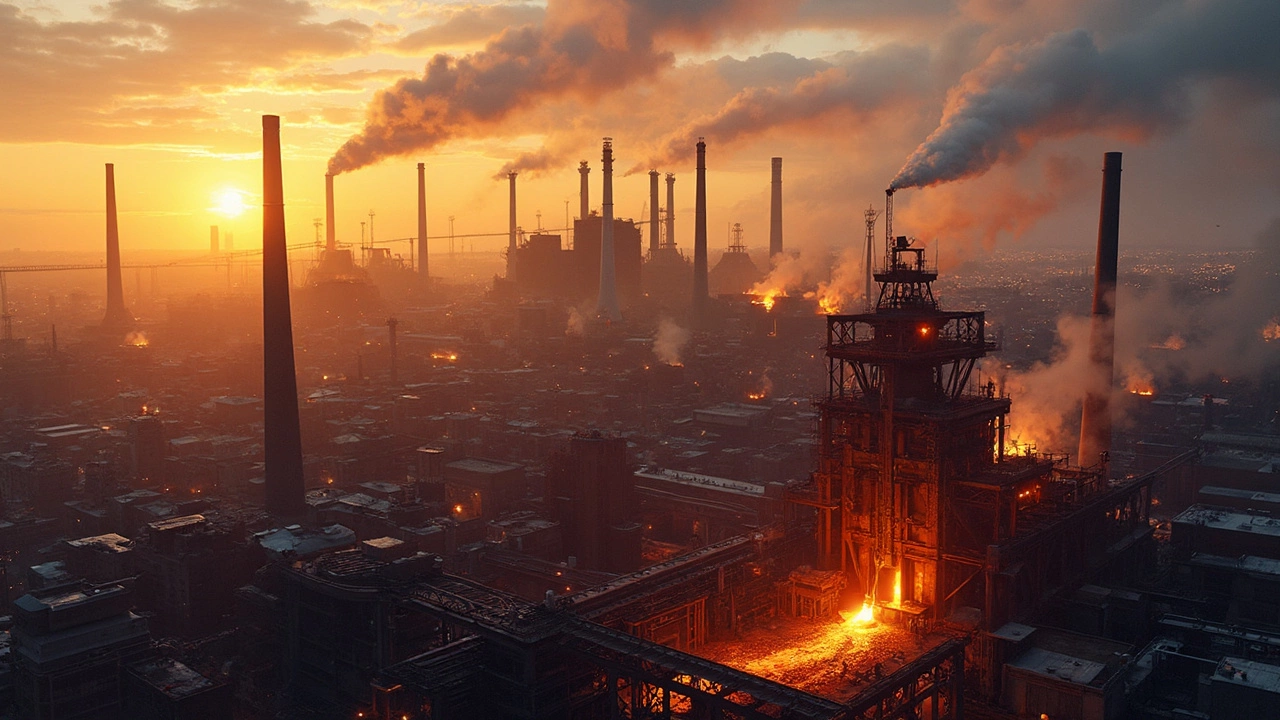Industrial Cities: India’s Manufacturing Hubs Explained
Ever wonder why you hear about Pune, Chennai, and Ahmedabad when people talk about Indian manufacturing? Those places aren’t just big towns – they’re industrial cities that power everything from drugs to steel. In this guide we’ll break down what turns a regular city into an industrial powerhouse and which Indian hubs you should keep an eye on.
What makes a city an industrial powerhouse?
First, location matters. Cities close to ports, rail lines, or major highways can move raw material and finished goods quickly. Second, a steady supply of skilled workers keeps factories humming. Third, supportive policies – tax breaks, easy land‑acquisition, and reliable power – attract big investors. When those three pieces click, a city can host everything from small workshops to multi‑billion‑dollar plants.
Take the example of a pharma hub. The city needs nearby labs, chemical suppliers, and a regulatory office that can speed up approvals. That’s why places like Hyderabad’s “Genome Valley” attract dozens of drug manufacturers, mirroring the trend highlighted in our post about India’s pharma output.
Top Indian industrial cities you should know
Mumbai and the surrounding Navi Munich area – The financial capital also hosts large auto parts factories and textiles. Its port handles huge cargo volumes, making it a launchpad for export‑oriented firms.
Pune – Often called the “Detroit of India,” Pune’s auto sector is massive. The city also has a growing IT and engineering design community, which feeds into smart manufacturing.
Chennai – Known for heavy engineering and shipbuilding, Chennai’s deep‑water harbor lets it ship large equipment worldwide. The city is also a hotspot for automobile assembly lines.
Ahmedabad (Gujarat) – Gujarat’s business‑friendly policies have turned Ahmedabad into a hub for chemicals, textiles, and lately, renewable‑energy equipment.
Bengaluru – While famous for tech, Bengaluru’s nearby “Electronic City” powers a massive electronics manufacturing ecosystem, echoing China’s role in global electronics.
Hyderabad – The biotech and pharma capital. Its “Genome Valley” attracts drug makers, research labs, and equipment suppliers, driving high‑value manufacturing.
These cities aren’t isolated. They often form corridors – for example, the Delhi‑NCR region links steel, cement, and logistics hubs, much like the historic Rust Belt in the U.S. that our post on Pittsburgh vs. Birmingham compares.
Beyond India, look at global examples. Cities like Pittsburgh (steel) and Detroit (auto) show how a single industry can shape a city’s identity. In Asia, Shenzhen turned from a fishing village into the world’s electronics factory floor, similar to how some Indian towns are evolving fast.
What does this mean for you? If you’re sourcing parts, scouting talent, or planning a new plant, start by mapping the city’s strengths. Check infrastructure quality, local supplier density, and government incentives. A city that excels in one sector often has spill‑over benefits for related industries – think of how a steel hub can also lower costs for machinery makers.
In short, industrial cities are the engines of growth. Their mix of location, workforce, and policy creates a fertile ground for everything from small‑scale fabric producers to massive pharma exporters. Keep an eye on the hubs listed above, and you’ll be better positioned to tap into India’s manufacturing boom.

What US City Makes the Most Steel?
American cities have long been involved in steel production, but one city stands out as the top steel producer in the country. This article delves into the historical significance of America's leading steel city and explores how it maintains its dominant position today. Discover the economic impact of steel on local and national scales, along with an insight into modern manufacturing techniques that contribute to its success. Learn how workforce skills and technological advancements play a crucial role in the steel industry's continued growth.
